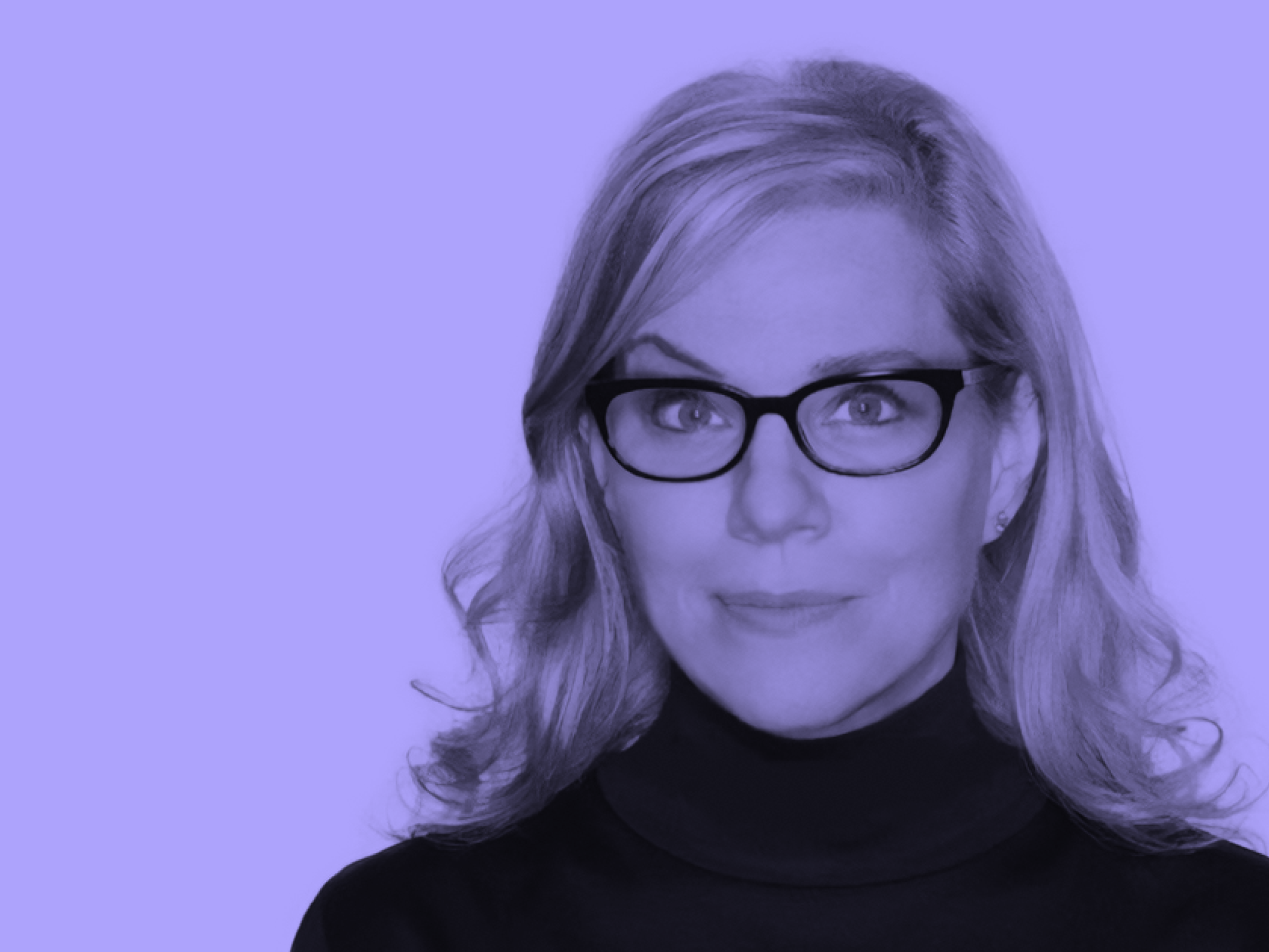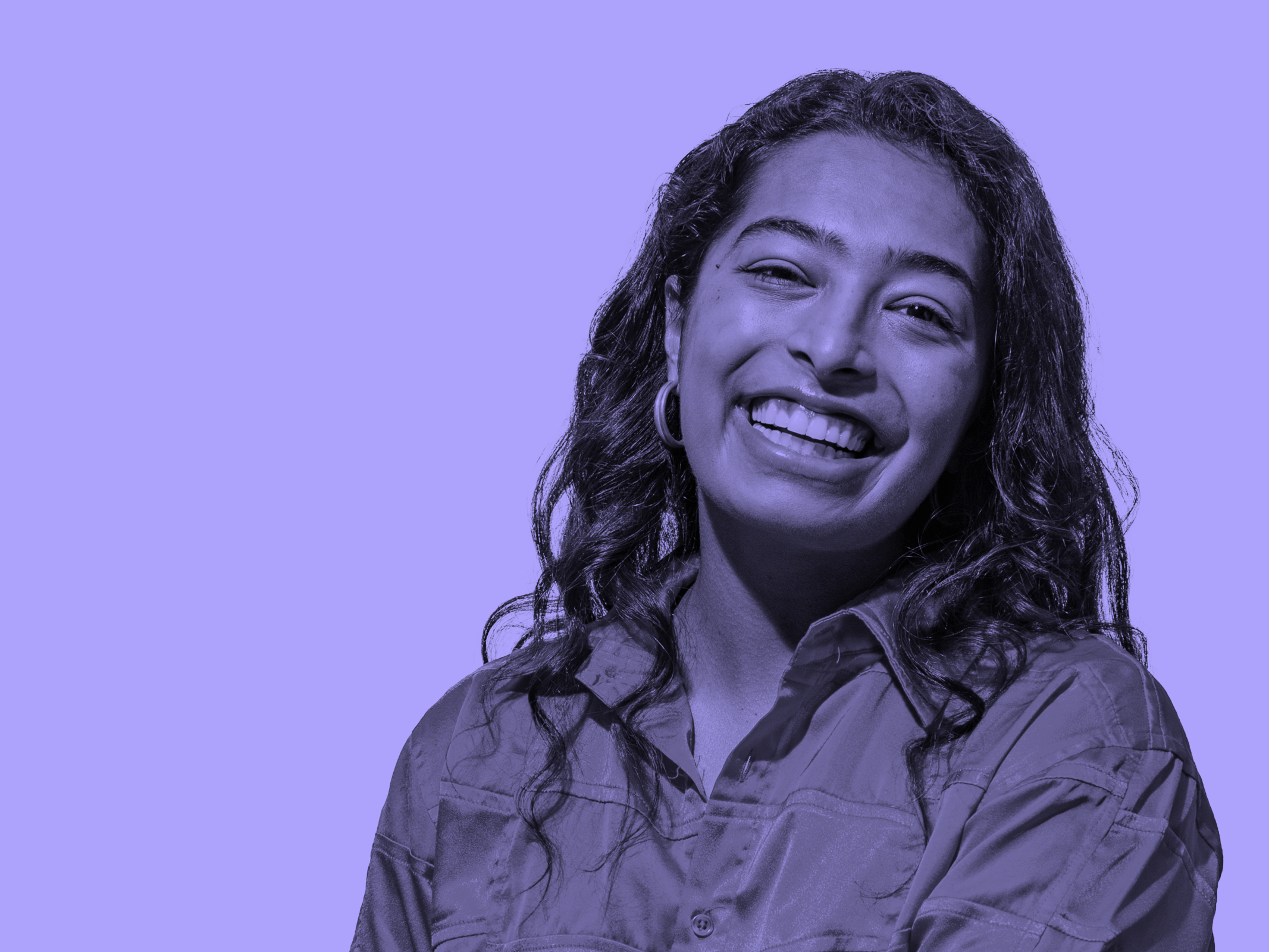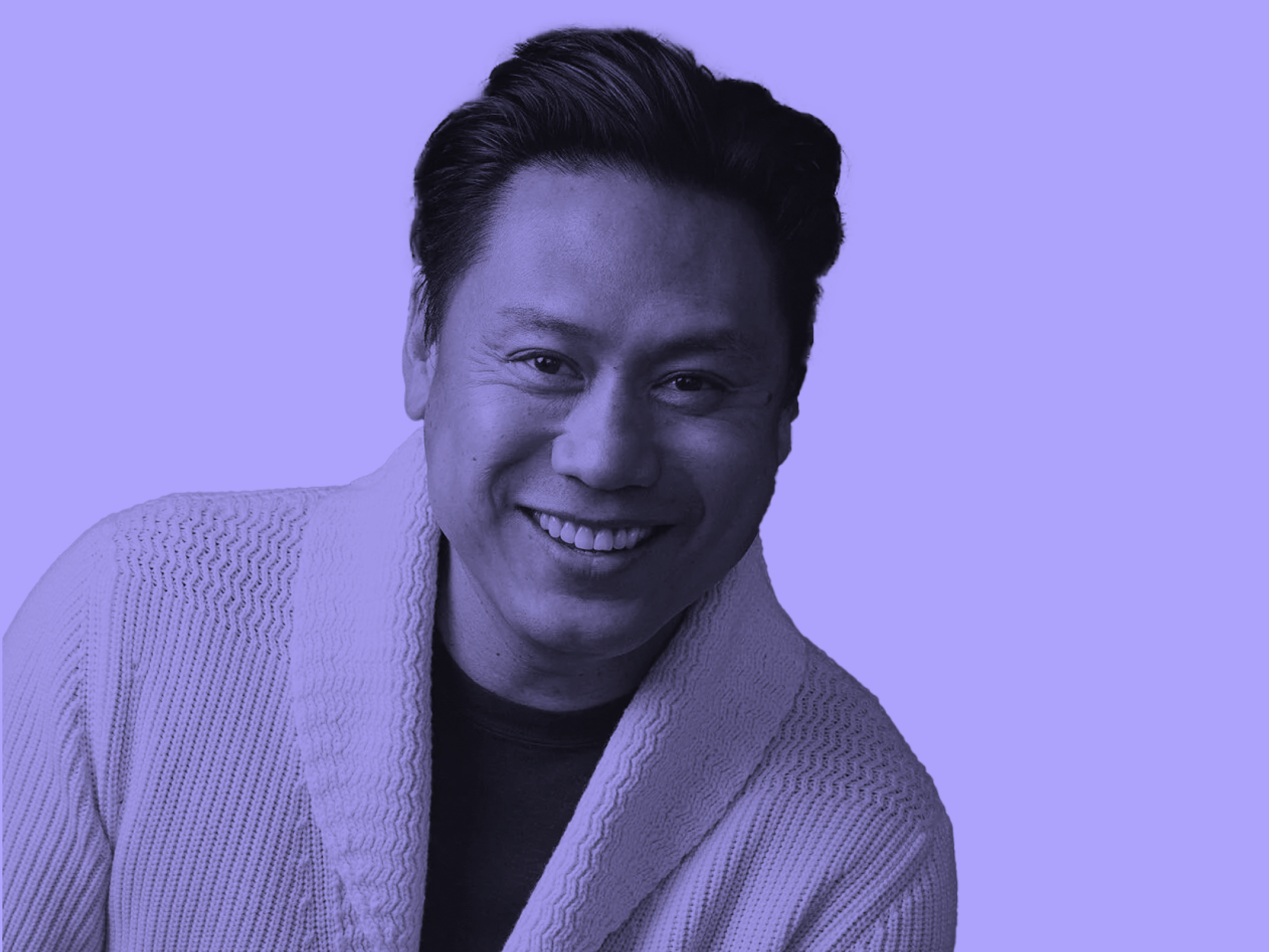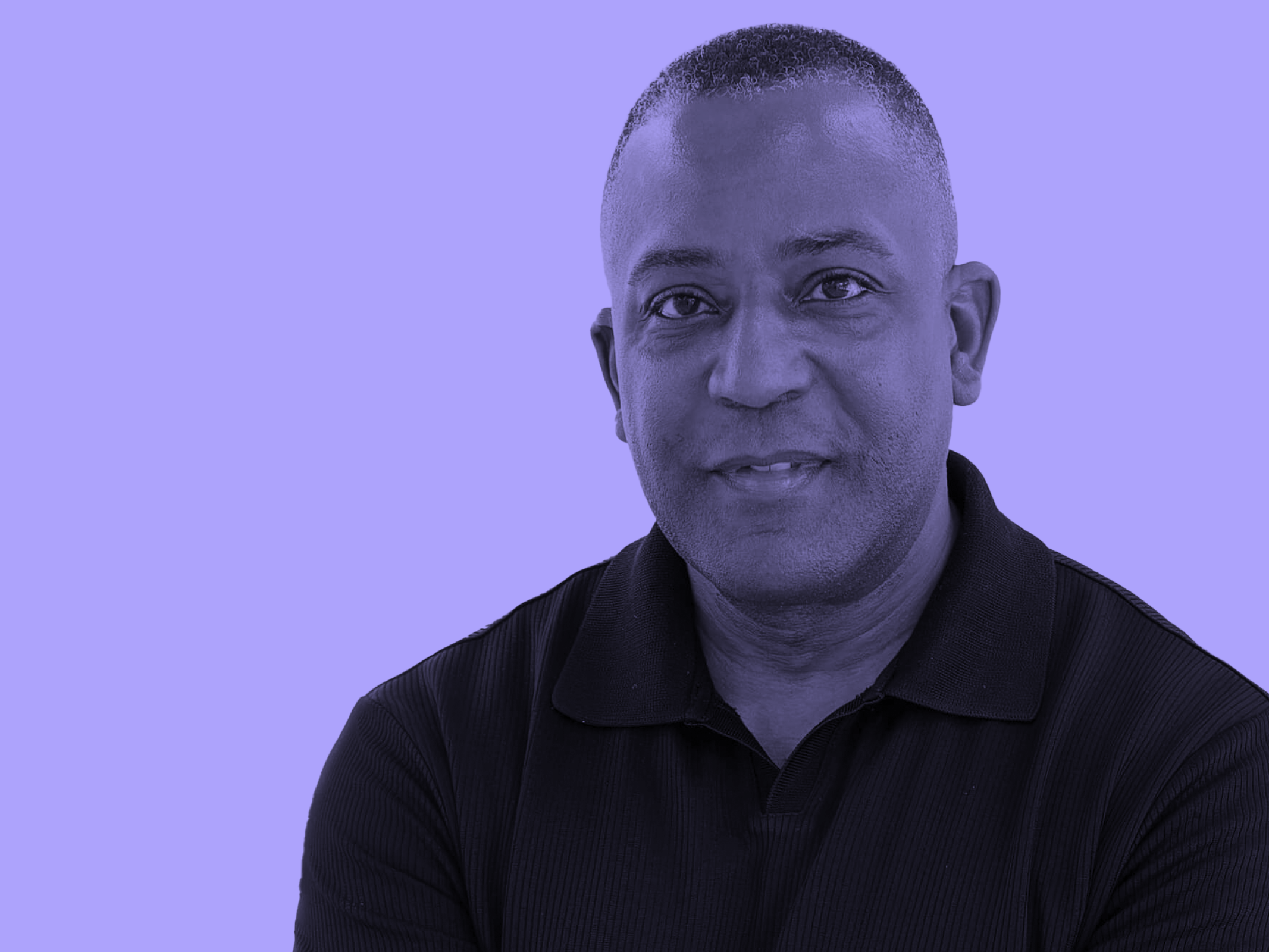
Kaleena Sales, Omari Souza|Audio
July 19, 2022
S10E2.5: Minisode
On this week’s minisode, Kaleena and Omari unpack the idea of design emancipation in their classrooms, and their practices.
Omari focused in on approaching work from a marginalized community:
As designers, we operate from this invisible space where we’re supposed to be creating things for large swaths of demographics that we may or may not belong to. And when you are a part of a marginalized identity, you participate in some semblance of code switching because aspects of your identity aren’t necessarily accepted. So from a very young age, you’re taught to, of course, speak with and dialogue and exchange with your own community and your own tribe, but also tribes outside of yourself.
Kaleena wants to push the design community outside of their comfort zone:
That process of becoming free and realizing your freedom to do it, and then owning that. That’s a journey on its own. Students, and designers, and design educators have to do the work to emancipate ourselves.
Listen to the episode Kaleena and Omari are discussing, here.
Follow The Design of Business | The Business of Design on Apple Podcasts or your favorite podcast app.
Sign up for our newsletter to keep up with everything going on at Design Observer.
TRANSCRIPT
Omari Souza
Welcome to The Design of Business,
Kaleena Sales
The Business of Design — minisodes. I’m Kaleena Sales.
Omari Souza
And I am Omari Souza. Welcome back to another minisode where we zoom in on a specific moment from Kevin and Dana’s conversation last week on The Design of Business | The Business of Design. Kaleena, what’s been going on since the last time we talked?
Kaleena Sales
Oh, man, I’ve been doing a lot of writing. I am in the middle of a book project. So summer is flying by much, much more quickly than-than I had hoped. But, yeah, I’ve been I’ve been just doing some editing and writing and working towards the next book project. What about you?
Omari Souza
Surviving COVID.
Kaleena Sales
Oh.
Omari Souza
Finally got me. I feel like — have you ever watched The Walking Dead, the TV show?
Kaleena Sales
Oh. I hate where this is going. Yeah.
Omari Souza
I feel like one of the characters that made it through, like, the third season that you thought was going to get bit.
Kaleena Sales
Yeah, but it seems like you’re feeling okay. Are you feeling better?
Omari Souza
Yeah, I’m feeling and feeling pretty decent. I had mild symptoms. Fortunately, I had my vax and I’ve been boosted, so my body is dealing with it okay.
Kaleena Sales
Yeah. Well, you’re on the mend anyway.
Omari Souza
Yes ma’am.
Kaleena Sales
So last week, Kevin and Dana spoke with Jane Saks, the founding president and artistic director of Project&
Jane Saks
One of the things that really helped me start to understand how those connections were made is what I now call a queer life. And for me, that is not necessarily about sexual orientation or gender identity, although for me it is as well. But it’s really about kind of a necessary term of orientation and really thinking about creating spaces and places that are more ambivalent, more porous, you know, often more imaginative than most of the environments that we all navigate every day. And it’s part of what I envision when I’m creating things and Project& really came from that vision. But again, you know, I didn’t do that alone. And I think that, you know, it’s the freedom of queerness and that freedom has liberty, and it also has really deep costs and it has richness and it has risk. But it’s the kind of risk that only comes with true emancipation. That emancipation offers a kind of authenticity and freedom, and it offers yourself, you. And I would think that any, any, any creative thinker liver has to live in part of that freedom and risk and loss.
Kaleena Sales
Wow. Yeah, I was really drawn to that word, emancipation.
Omari Souza
Yeah.
Kaleena Sales
And so much of what what Jane said there, I think about from an academia standpoint. And I love the kind of idea of a duality of like the richness and risk, you know, kind of conversation there as well. I think we find that duality specifically right in any period post emancipation.
Omari Souza
Yeah.
Kaleena Sales
And you have people that are sort of steadfast and holding on to the past, for example, who have a hard time imagining, you know, life beyond what has been. And so I know, Jane, you know, has the monuments work. And so I think about, you know, design education and design in general. And so I think about Swiss design and Bauhaus or whatever and how, you know, we sort of are taught to worship these monuments and how a lot of people are really afraid to to move past that. And those that are willing to do the work to move past it, they’re rewarded with that richness. But then there is a risk, you know, within that as well. So I just thought that that was really an interesting point that that was made there. What about you?
Omari Souza
I love this entire episode. Like everything she said gave me so much life. The very beginning of it when she talked about this idea of operating from a space of queerness, I thought it was really interesting because I feel that this idea of operating from a space of a marginalized identity is so interesting to me from a design concept, because as designers, we operate from this invisible space where we’re supposed to be creating things for large swaths of demographics that we may or may not belong to. And when you are a part of a marginalized identity, you participate in some semblance of code switching because aspects of your identity aren’t necessarily accepted. So from a very young age, you’re taught to, of course, speak with and dialoge and exchange with your own community and your own tribe, but also tribes outside of yourself. So there’s this nuance and sensibility that someone from the queer community or black community or someone who is a woman or belongs to the next community or disabled populace, will have sensitivity to that others will not due to the fact that they’d never had to think outside of their own group or demographic. So I thought the work that she discussed with Kevin and Dana was extremely powerful in a lot of it, especially when I’m speaking about design ethics with my students and trying to talk to them about considering what the implications are of things that we propose on culture, on philosophy and, you know, sociology in general. I just thought that she gave me so much food for thought in such a short time period.
Kaleena Sales
Oh, my gosh. Yeah. And, you know, she she said something about freedom has liberty and deep cost.
Omari Souza
Mhm.
Kaleena Sales
And I thought, isn’t that the truth? That is so true. I mean, you know, especially those that are advocating for new freedoms.
Omari Souza
Mhm.
Kaleena Sales
Again, I think about, you know, post emancipation and our any sort of like new space that people find themselves in. And, you know, you’re talking about even how discomforting it can be to even be critical of the things we’ve been taught, right. And so, you know, there’s there’s some cost there, but I think there is liberty in pushing past that. And so I think about for the book Extra Bold that— the book actually started with Farak Kafei and Valentina Vergara and they were students at Pratt. And I’m super inspired by some work that they did, and I think that they are good examples of this conversation. They were critical and questioning why there were no women professors in their department. And so they did a project where they sort of took over, you know, the space within their department and had these big signs that said, where are the women, you know, and large posters that said missing pages and that sort of thing. And we’re challenging, you know, what was happening within their educational experience. And I’m sure that was risky because there was the risk of offending. They reached out to, I think, about four leading women designers and asked them to be a part of a panel. And these were students. I mean, they were students at the time, so I, I, you know, can’t imagine, you know, how nervous they may have been to reach out to these prominent design, you know, leaders and say, hey, you want to be a part of my senior thesis project? But all of them said yes. And they ended up holding a really a forum in New York for their senior thesis. And they had Ellen Lupton and a few other, you know, incredible design leaders and they had a conversation about the topic. And that really set the foundation for the book Extra Bold because of the work that they were doing. But within that they were rewarded. And I say all of that to say with that risk the work they were willing to put in, you know, I feel like it really changed the conversation or impacted so many other designers in their program and then even beyond the boundaries of that program, even till today. So yeah, that to me connects with, you know, what Jane was referring to in terms of that richness and that risk and the freedom of liberty and deep cost.
Omari Souza
I think I think the interesting thing about a lot of this, too, is I always try to think of social-social causes from the lens of design or attempting to make parallels, especially as I talk to my students about it. So often if we do propose or ask questions about aspects of how we’re designing or how we’re presenting a company or presenting a particular philosophical approach, if it doesn’t fall within the guideline, it’s something that you have to you have to fight for. And it’s something that, you know, doesn’t always become an easy find because it’s a challenge to the overall identity of whatever group that you belong to. And that becomes extremely difficult. And then thinking about this idea of freedom, what does design look like without containment, if we’re able to articulate something freely and you know, knowing myself from classes that I’ve taught, in classes that I’ve studied and doing any design project without some semblance of containment or controlling of assets would not net me be passing grade. But how how does that reflect when we begin to introduce different cultures or different student orientations and things of that nature? How does this grade structure that was built with the intentionality of something that was very finite make room for something socially, then perspective social perspectives that have evolved beyond that window of time that that tool was constructed.
Kaleena Sales
So well said. Oh, my gosh. And, you know, I think about to your point again, that emancipation word. Emancipation is oftentimes the like physical releasing into freedom right? But an emancipated mind takes much longer to be free. And so, you know, there’s so many people who are still dealing with, you know, the residue of those restraints that you’re talking about and that process of, you know, becoming free and sort of realizing your freedom to do it and then owning that. That’s a journey on its own, you know, so students and designers and design educators have to do the work to emancipate ourselves. And so that’s creating maybe new resources, new bodies of of knowledge to reference. And so just like the work that you did or continue to do with, you know, the State of Black Design Conference, you know, creating a space for dialoge, those are spaces where that emancipation can sort of take shape and and really that freedom can really set in, you know, and people can, you know, start to live in that authenticity that the Jane Saks mentioned in in her conversation with Dana and Kevin.
Omari Souza
Yeah. I mean, it’s funny what you what you just said reminded me of an experience. I went to the HOW conference recently and just to kind of look around and see some of the conversations that were happening. So I boarded my flight from Austin to Boston. I was fortunate to get a get an upgrade from Main Cabin One to Comfort Plus. And I said: Oh, man, this is awesome. Lo and behold, I get sat next to the only woman on the plane who has a parrot. And she has this parrot in this travel cage. And this parrot proceeded to talk for the entire flight, the entire four or five hour flight that I was looking forward to sleeping on. But um we ended up getting into this amazing conversation. And she told me she was a Boston native. She’d never been to Texas before, but she found this bird on Facebook marketplace and the bird had been abused and the bird forgot that it knew how to fly. So she flew down to Boston to rescue this bird, to bring it back home just so she can reteach it how to use its wings. And as an academic, I find myself consistently, of course, bumping heads and challenging other academics, but trying to figure out how can we teach our students to use their wings when in reality a lot of us continue to teach them just to mimic what other professors are doing? But how can we teach them to fly and do more and fully utilize that freedom?
Kaleena Sales
Okay. That’s a that’s a sermon, Pastor, Pastor Souza. That is a Sunday sermon. And there’s nothing else to say after that. So we need to go into the outro.
Omari Souza
The Design of Business | The Business of Design is a podcast from Design Observer. Our website is D B B D dot design observer dot com. There you can find the complete archive from past guests and hosts.
Kaleena Sales
If you like what you heard today, please subscribe to this podcast. You can find The Design of Business | The Business of Design on Apple Podcasts or however you listen to podcasts.
Omari Souza
And if you’re already subscribe to the podcast, tell your friends about the show or go to Apple Podcasts and rate us, which is a great way to let other people know about the show.
Kaleena Sales
And between episodes, you can keep up with Design Observer on Facebook, Twitter, and Instagram.
Omari Souza
Our producer is Adina Karp. Judybelle Camangyan edits the show. Design Observer’s executive producer is Betsy Vardell. Our theme music is by Mike Errico. Thanks always to Design Observer’s founder Jessica Helfand,
Kaleena Sales
And of course, to our counterparts Kevin Bethune and Dana Arnett.
Omari Souza
See you guys next time and talk to you soon.
Kaleena Sales
Talk to you next time.
Observed
View all
Observed
By Kaleena Sales & Omari Souza
Related Posts

Design of Business | Business of Design
Ellen McGirt|Audio
Love Letter to a Garden and 20 years of Design Matters with Debbie Millman

Business
Ellen McGirt|Audio
Redesigning the Spice Trade: Talking Turmeric and Tariffs with Diaspora Co.’s Sana Javeri Kadri

Design of Business | Business of Design
Ellen McGirt|Audio
Making Space: Jon M. Chu on Designing Your Own Path

Business
Ellen McGirt|Audio
The New Era of Design Leadership with Tony Bynum
Recent Posts
Mine the $3.1T gap: Workplace gender equity is a growth imperative in an era of uncertainty A new alphabet for a shared lived experience Love Letter to a Garden and 20 years of Design Matters with Debbie Millman ‘The conscience of this country’: How filmmakers are documenting resistance in the age of censorshipRelated Posts

Design of Business | Business of Design
Ellen McGirt|Audio
Love Letter to a Garden and 20 years of Design Matters with Debbie Millman

Business
Ellen McGirt|Audio
Redesigning the Spice Trade: Talking Turmeric and Tariffs with Diaspora Co.’s Sana Javeri Kadri

Design of Business | Business of Design
Ellen McGirt|Audio
Making Space: Jon M. Chu on Designing Your Own Path

Business
Ellen McGirt|Audio
